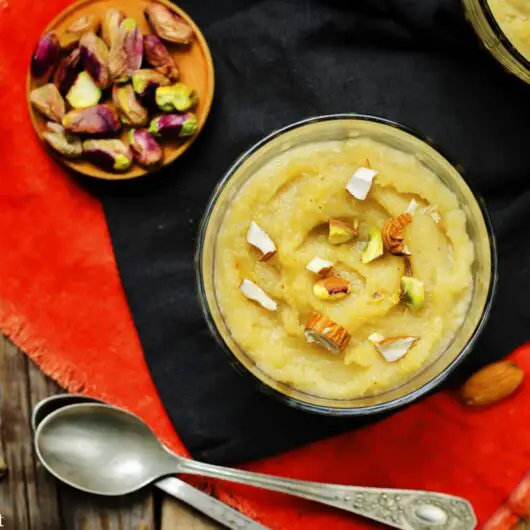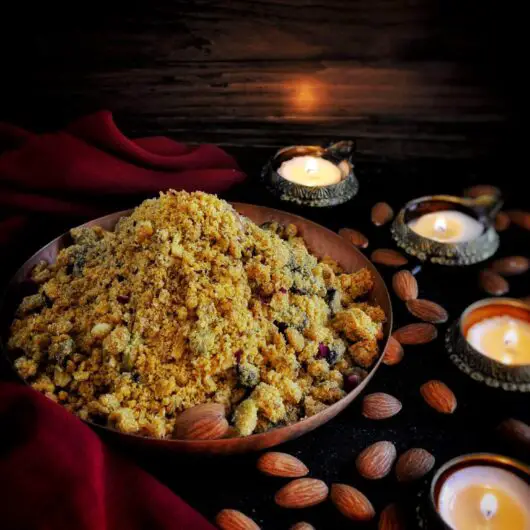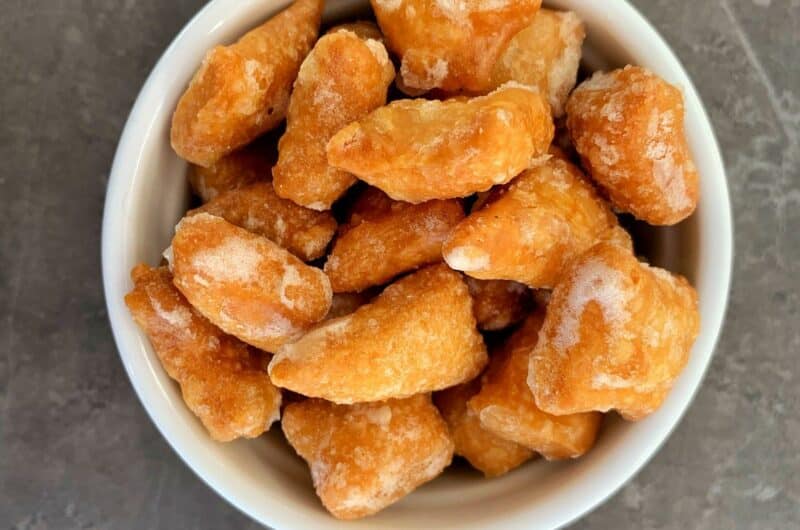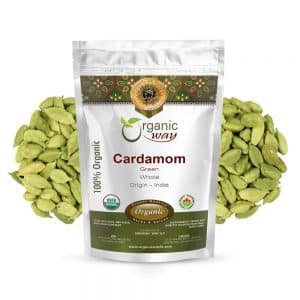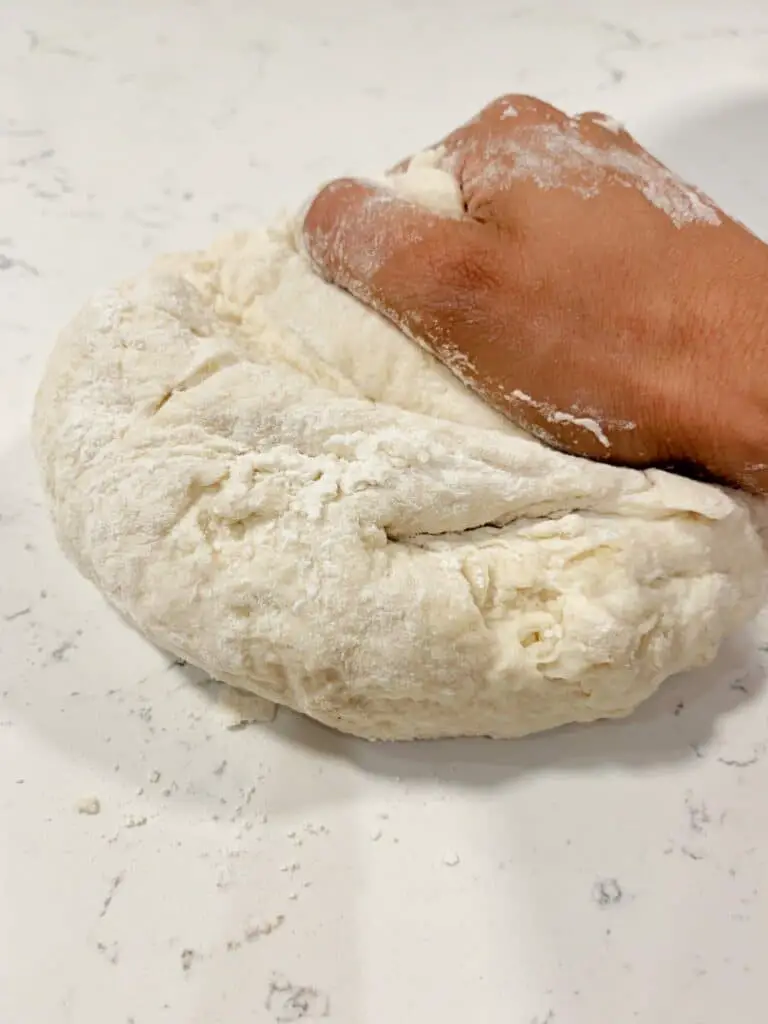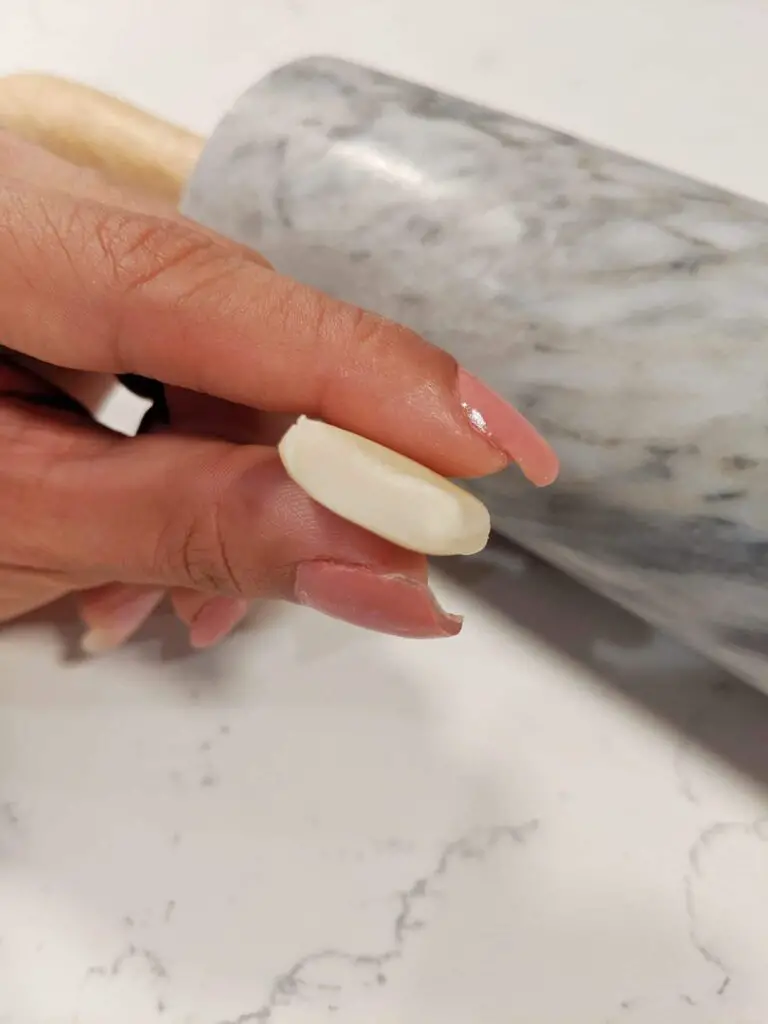Shakarpare are amazing. There are different versions made throughout the country, but no big shock, I think Punjabi shakarpare are the best.
With Diwali around the corner, I can’t help but start making my favorite snacks, shakarpare being on the top of that list. The outside is crusted with a sugar glaze, then you hit the crunchy dough, and the inside is still chewy and melts in your mouth. How could you not love it. Also, I am eating them by the handful as I type this.
Diwali is an amazing time of year. Everyone is in a great mood. You spend loads of time with friends and family. And the amount of food is unreal. It keeps you in a food coma all month, or so it seems. As Diwali would draw closer we would all request our favorite snack. With preparations starting up to a week before Diwali it seemed as though our only job was to terrorize whomever was in charge of making said snack, by consistently empty the jars when no one was looking. The fact that anything actually showed up on the serving table on Diwali day is still a surprise.
Like papdi, shakarpare are best when made with maida, or all purpose flour. We don’t tend to use all purpose flour often, but it is the go to for cakes, pastries, noodles, and fried crispy snacks like this.
There are 3 predominant forms of pare in India, although one isn’t a para as far as Punjabi’s are concerned. Before I confuse you more, allow me to explain. In the rest of the country there are 3 basic pare. Gud-pare, which are made with jaggery. Shakar-pare, which are made with sugar. Lastly, namak-pare, which are made with salt. In Punjab, we don’t call it a namakpara, we call it papdi, hence in Punjab there are gudpare and shakarpare, only. The reason in Punjab there is a distinction between papdi and pare is mostly because of the cooking methodology. In the rest of the country they really just swap sugar out for salt or visa versa. In Punjab we coat pare in a jaggery or sugar syrup, and papdi is just fried.
This recipe is easy once you get the hang of it. The first time I made this snack I really struggled with making sure the outside was crispy and the inside was still chewy. It’s really easy to either make it too hard all the way through or raw in the center. For that reason alone I make mine a little smaller and thinner. That and then I can trick myself into thinking I’ve eaten way too many. But I can promise once you get the hang of these you’ll keep a jar handy. Store these in an airtight container to avoid them getting soggy or stale.
Oooooh may the dessert train never stop:
Nutrition Facts
6 servings per container
Calories410
- Amount Per Serving% Daily Value *
- Total Fat
7g
11%
- Saturated Fat 4.1g 20%
- Cholesterol 16mg 6%
- Sodium 3mg 1%
- Amount Per Serving% Daily Value *
- Potassium 71mg 3%
- Total Carbohydrate
81.3g
27%
- Dietary Fiber 1.8g 4%
- Sugars 33.5g
- Protein 6.5g 12%
- Calcium 1%
- Iron 16%
- Vitamin D 1%
* The % Daily Value tells you how much a nutrient in a serving of food contributes to a daily diet. 2,000 calories a day is used for general nutrition advice.

